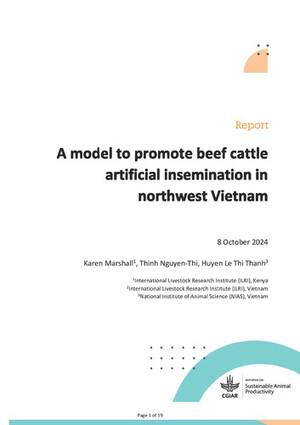
Technical efficiency of traditional village chicken production in Africa: Entry points for sustainable transformation and improved livelihood
Abstract
Increasing poultry product consumption trends have attracted researchers and development practitioners to look for interventions that transform the low-input low-output-based village chicken production to a high yielding production system. However, due to the intricate nature of the production system, there is a dearth of evidence that helps design comprehensive interventions at the smallholder level. Using national-level representative data collected from 3555 village chicken producers in Ethiopia, Nigeria, and Tanzania, this study examines the technical efficiency of village chicken production and investigates the main factors that explain the level of inefficiency. We applied a stochastic frontier analysis to simultaneously quantify the level of technical efficiency and identify factors associated with heterogeneity in inefficiency. We found that the level of technical efficiency is extremely low in the three countries, suggesting enormous opportunities to enhance productivity using available resources. The heterogeneity in technical efficiency is strongly associated with producers’ experience in breed improvements and flock management, limited technical knowledge and skills, limited access to institutions and markets, smaller flock size, gender disparities, and household livelihood orientation. We argue the need to adopt an integrated approach to enhance village producers’ productivity and transform the traditional subsistence-based production system into a commercially oriented semi-intensive production system.
Citation
Birhanu, M.Y., Alemayehu, T., Bruno, J.E., Kebede, F.G., Sonaiya, E.B., Goromela, E.H., Bamidele, O. and Dessie, T. 2021. Technical efficiency of traditional village chicken production in Africa: Entry points for sustainable transformation and improved livelihood. Sustainability 13(15): 8539.









